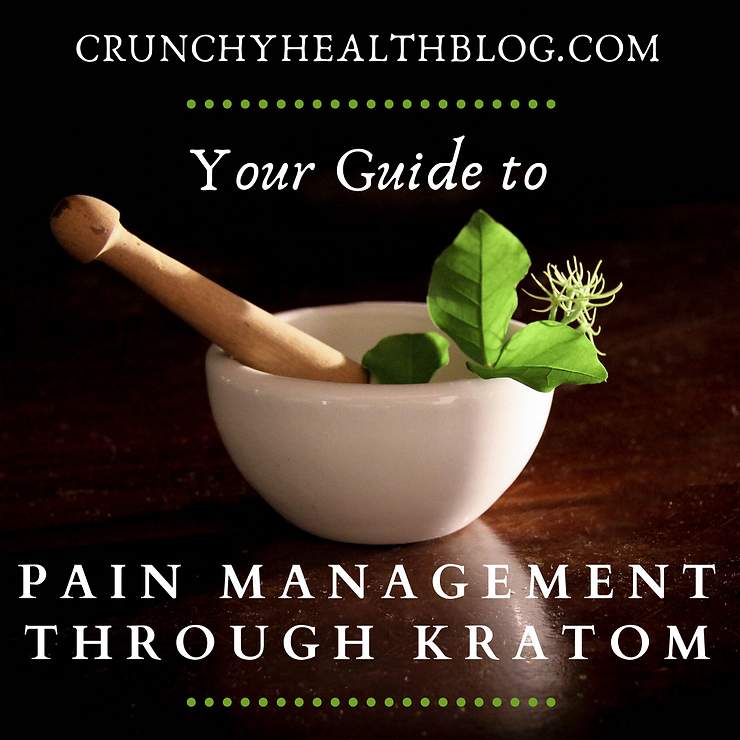As the world of holistic health becomes more prevalent in society today, individuals are looking for alternative solutions to their once “one-stop-shop” problems. People no longer want to solve their headaches or joint pains with an over-the-counter painkiller–instead, they’re searching for natural remedies to swoop in and save the day. This is where pain management through Kratom comes in; although not as widely recognized as other natural alternatives, such as CBD, Kratom is best-known for its role as an energy booster, mood enhancer, pain reliever, and antidote for opioid withdrawal. At first glance, Kratom appears to be a jack of all trades; however, Kratom’s most sought-after quality is its ability to effectively manage pain. Let’s see why!
What Is Kratom?
Kratom (Mitragyna speciosa) is an herbal extract derived from an evergreen tree species grown in Southeast Asia. Once extracted, the dry Kratom leaves can be chewed, swallowed, or brewed into beverages, such as teas (Kratom is most popularly consumed in liquid form). The Kramton’s leaves conversion to oil is what the product most commonly available for purchase. It is typically marketed as a treatment for muscle pain.

According to FDA research, the power of Kratom lies in its ability to act on opioid receptors. When taken in low doses, users of Kratom experience a stimulant effect, resulting in heightened energy and lifted spirits; by contrast, higher doses of Kratom provides a sedative effect, leading to the reduction of pain and sometimes sleepiness.
The main active ingredients in Kratom are the alkaloids mitragynine and 7-hydroxymitragynine; although these big words seem intimidating, these alkaloids are responsible for the Kramtom’s pain-relieving capabilities as they have anti-inflammatory and muscle relaxant effects. However, alleviating pain in a safe manner is more complex than just taking a suggested dose of Kratom; in order to use effectively, you must know the necessary precautions to take.
Seeking Kratom As A Painkiller Alternative: What You Need To Know
In recent years, Kratom has been sought after as the natural alternative to opioid pain medications, such as Vicodin or Oxycontin. Needless to say, its capabilities are powerful and must be thoroughly understood before you consider using.
Although several testimonies vouch for its ability to reduce and manage pain, a 2014 report published in Drug and Alcohol Dependence found that of the 293 surveyed individuals, more than half experienced severe dependency problems that resulted in increased pain, muscle spasms, sleep disruption, and irritability; other side effects, such as nausea, delusion, and insomnia have also been reported.
Kratom’s power is further exploited by its fast-acting nature: it has been found to take effect in as little as five to ten minutes, but can last anywhere from two to five hours. The half-life of Kratom has many dependency factors, a large one being the size of dose taken; however, the form of Kratom taken, the frequency in which it is used, age, genetics, metabolic rate, and body fat also play a factor in determining the effects that Kratom will have on individual bodies. Therefore, it is extremely important to not base dosage amounts off of other people. As with any drug, administering too much Kratom can result in bad, and even fatal, occurrences. Be sure to consult a healthcare professional before trying.

Pain Management Through Kratom: Is It For You?
As Kratom is such a new drug emerging in the pain relief stratosphere, there is a limited amount of research available for individuals to base their usage decision on. While definitively proven to relax the joints, relieve tension, and manage chronic pain, the side effects must also be taken under consideration before seeking pain management through Kratom as a solution.
If the non-traditional medicine route is of interest to you, be sure to look over our other posts to continue exploring other available natural remedies.


